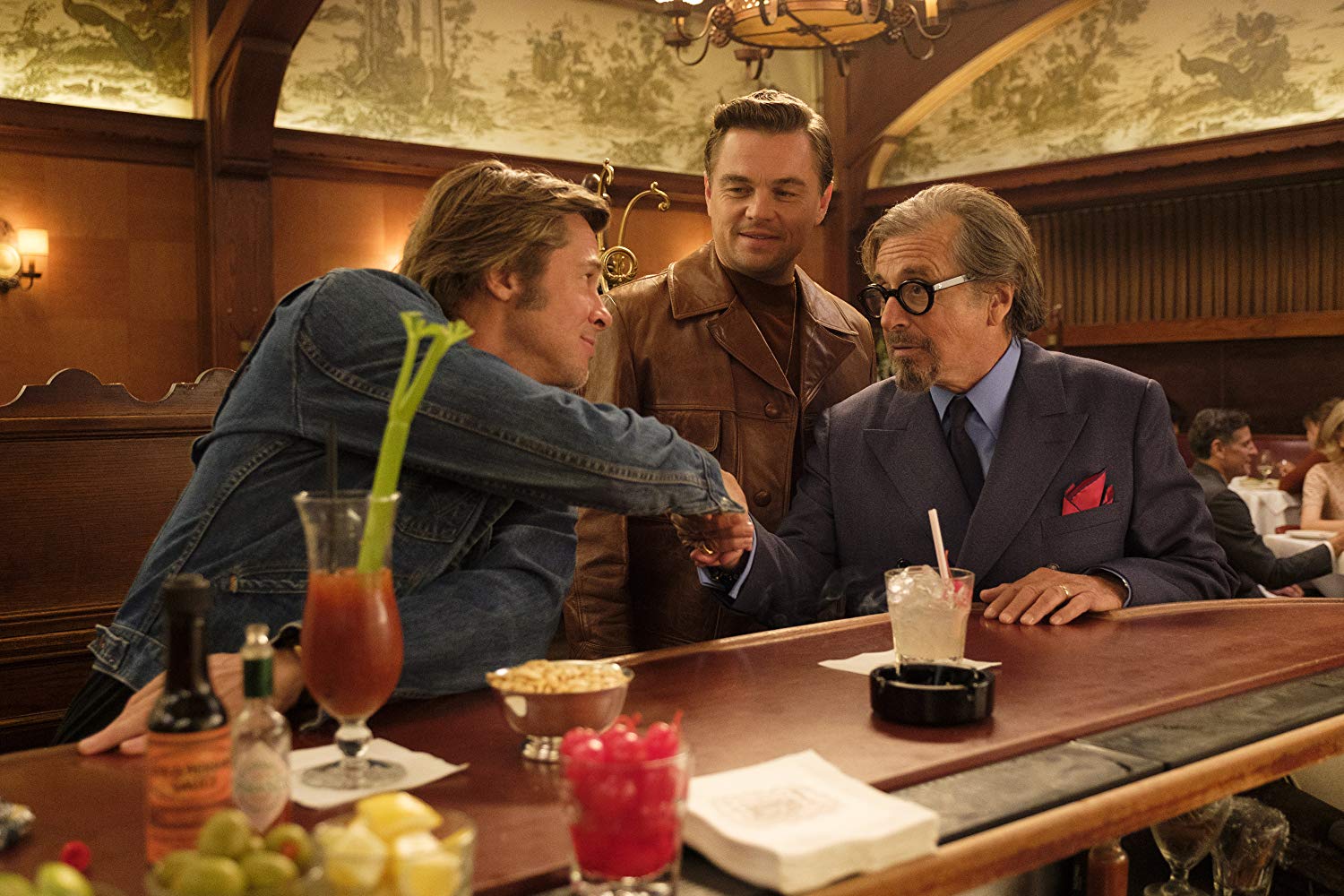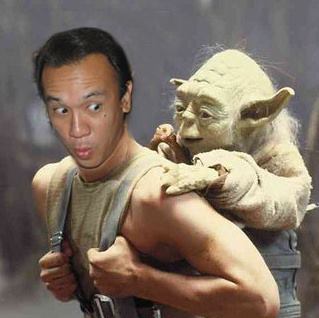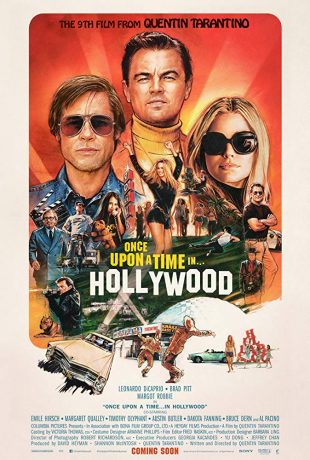Tarintino’s much-awaited ninth film hit the theaters this week, and I was first in line to watch it. I’m pretty much on an island when it comes to my feeling about Tarintino, because while 99% of artists and filmmakers adore him, I feel he’s pretty overrated.
Before I begin my critique, let me warn you that I will immediately begin firing off spoilers. So, if you didn’t see this movie, and want to be surprised, stop reading now.
QUICK SUMMARY
Once Upon a Time In Hollywood is set during the ending of the Golden Age of Hollywood, which is around the mid to late 1960’s. The movie follows Rick Dalton, who is a movie actor, and Cliff Booth’s, who is Rick’s stunt-double, fictional journey on their way out of the entertainment industry. Their travels eventually, after two and a half hours, intersect on the day and location of Sharon Tate’s gruesome murder, and history gets flipped on it’s head as Cliff and Rick deliver justice to the cowardly-murder-hungry-Mason-hippies.
Just as a note, I am a big fan of storylines that rewrite history and get away with it. I’ll have to give this concept my highest rating.
GRADE: A
STORY STRUCTURE
Quentin Tarantino is celebrated for breaking the rules of storytelling, and this movie definitely lives up to that title.

Most movies follow a basic Three Act Structure with a subplot that intersects with the main storyline. After the first 30 minutes, there usually is a major turning point that disrupts the character’s lives, and from that point, the movie has a purpose. There are different versions of the Three Act Structure out there, but their foundation is basically the same. It’s pretty much like the South Beach Diet, Paleo Diet, and Keto Diet – which are technically different version of the original Atkin’s diet.
All of this happens for one reason – which is to keep the audience engaged and entertained.

Tarantino breaks the Three Act Structure for his ninth movie and pretty much pens a Two-Act Structure with parallel storylines, that truly have no purpose, other than to just entertain you. The result is a movie that has a lot of entertaining scenes, without any payoff in the end.
There is no main storyline to Once Upon A Time. There are just three or four subplots that run parallel to each other that rarely overlap, until the very end. This truly is breaking the rules of storytelling and can have both positive and negative effect on the audience.
For the masses, which includes myself, most will find this movie boring and confusing. They will ask themselves, “What the hell am I watching?” because they will feel the story isn’t going anywhere. And let’s be clear, it’s not.
But for artists, especially those who love to frequent art museums, will wholeheartedly enjoy Tarantino’s departure from the norm. Nothing tickles an artist more than being different, edgy, and their favorite word “authentic.” And this is probably all of the above and more.
In my opinion, I really wish Tarantino would have embraced a more standard way of storytelling because the movie did drag for the first 2 and 1/2 hours.
It was confusing.
If you are starting out as a storyteller, I don’t recommend following Tarantino’s structure until you master the Three Act Structure. Once you master the basics, you can break all the rules you want. For my own writings, I did employ a similar structure for my fan-fiction rewrite of The Last Jedi (which I will soon release), but it still employs a Three-Act Structure rather than Two.
As for as grading Tarantino’s structure, I will give it an average rating. And this isn’t a knock on the the director himself, but from what I heard in the audience. Most of the audience, while they laughed at individual scenes, were lost and bored. I heard one guy literally tell his gf, “What the f*ck is this movie about?” My buddy, who watches three movies a week, fell asleep three times!
In the end, it’s not what I or other artists think. It’s the audience. And most the crowd who joined me on opening night, were not happy,.
GRADE: C
ACTING PERFORMANCE
Everyone here shines. Brad Pitt and Leonardo DiCaprio are absolutely great. Margo Robbie played the late Sharon Tate, and she didn’t have much to her character, but she just looked incredible. I think we can give her a high grade for just being a walking Picasso. Ironically, there was an actress whose real name was Harley Quinn Smith. I thought that was funny give that Margo Robbie was in this film.
GRADE: A
CHARACTER BREAKDOWN
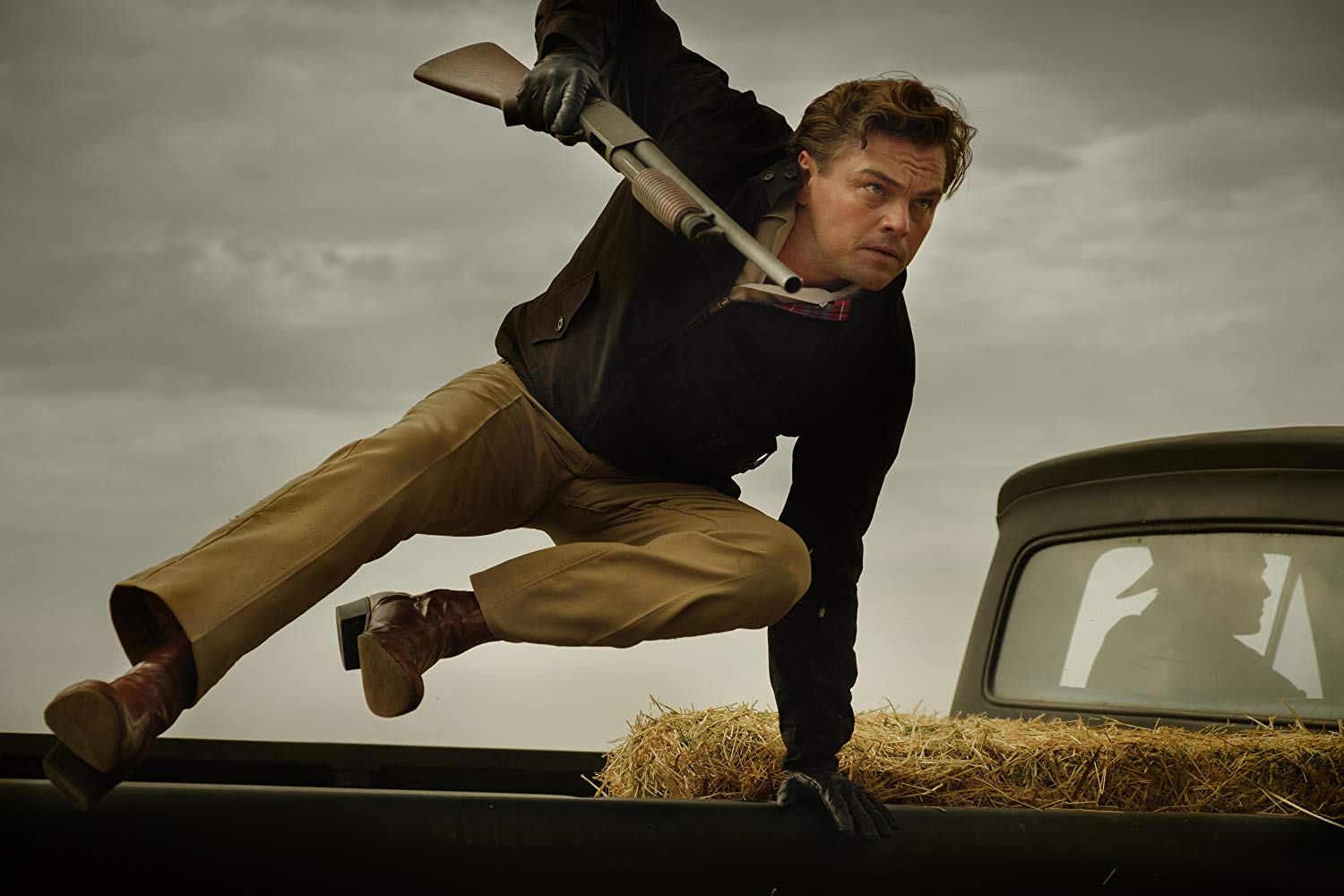
RICK DALTON: TYPE Nine “Peacekeeper”
“Peacekeepers” usually never great make great leading roles as they cower in the face of adversity (another rule broken).
Peacekeeper is written all over Rick Dalton’s forehead.
His career was going downhill, he accepted that fate instead of being a go getter, and took any crumbs that were thrown at him, even if that meant acting in an Italian Western. Sharon Tate and Roman Polanski were his neighbors, but he never took the initative to introduce himself. Rick hated hippies, yet never confronted them. Cliff is his friend, yet he doesn’t fight hard enough to get him work. Even in the last act, Rick relaxes with his earphones on, unaware that his wife and Cliff and are under attack. This is textbook of most Type Nine Peacekeeper personalities.
By the way, that last scene is his one and only growth scene, where he becomes pro-active, steps up to the plate, and kills one of the hippies in the most epic way.
Growth for a Peacekeeper is quite easy to explain, they simply need to grow a pair.
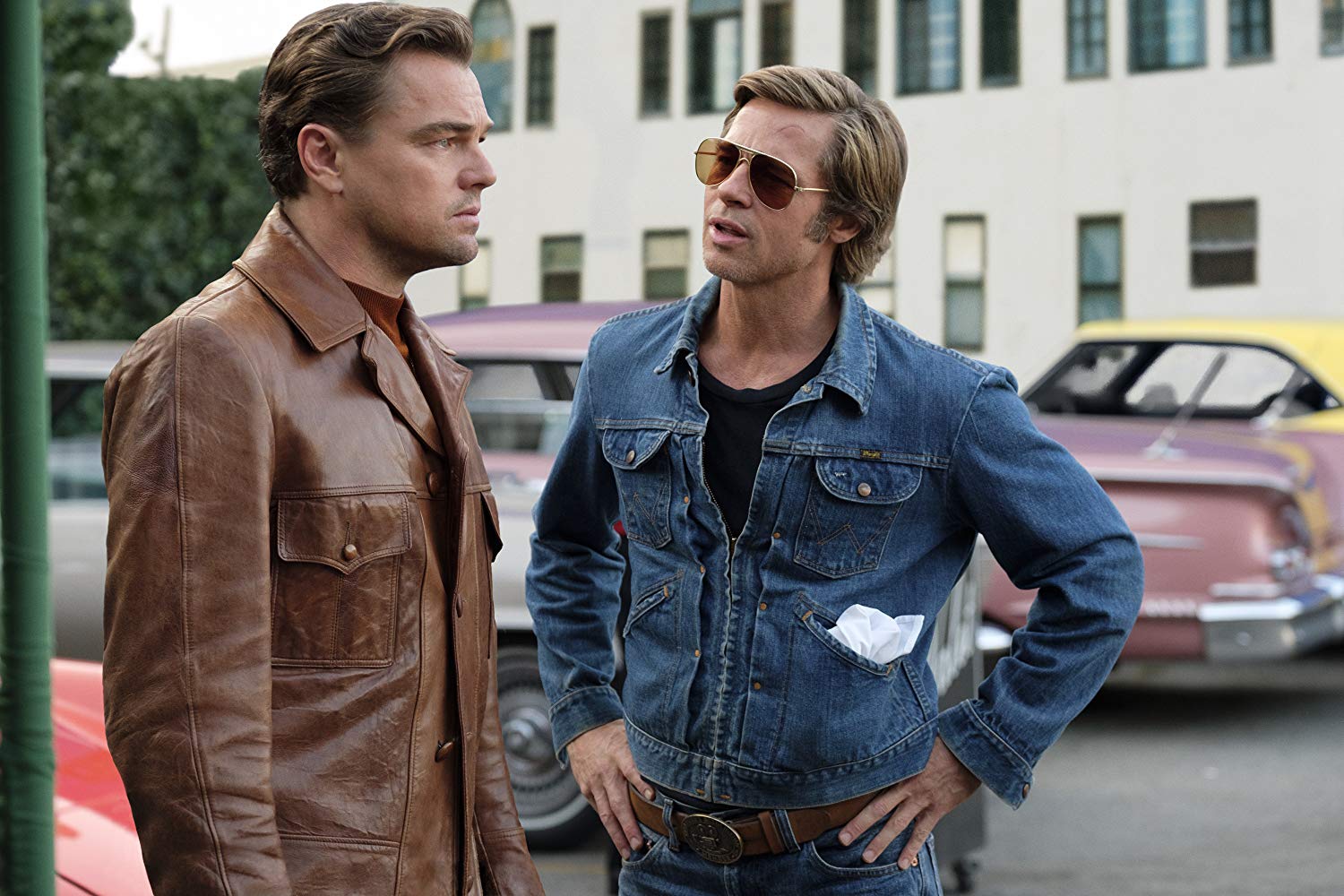
CLIFF BOOTH: “Type One” Reformer with a “Type Nine Peacekeeper” wing.
Typical Reformers are your moraly straight personalities. They are all about law and order, justice, right and wrong. Quite often, they are attracted to intense conversations on debates about morality. Unfortuntely, this can lead “ones” to be very argumentive, unlikable, and extremely judgemental. When they are at they are best, they embrace their Nine wing personality and take on some of the character traits of the Peacekeeper, and will operate with a calm demeanor, rather than an argumentive one.
Cliff was very righteous. He had a code that he operated from. Even when he was given the opportunity to hook up with a willing hippy, he didn’t. He always sought justice, whether it was at the Manson compound, or against Bruce Lee, using his mouth and logical reason first to jab at his opponent before defeating them physically.
There are some who may argue that Cliff was a Type Eight. But his first reaction never started with with a punch, such as a Type Eight “Challenger” would (Wolverine). Eights immediately fight back when they are confronted. They are in your face, abrasive, and intimidating – and I’ll also add in selfish. Cliff was none of that.
Type Ones definitely can rub people the wrong way, especially if their morals conflict with others. Growth for this type of character happens when they step out of their box of rules. This didn’t happen for Cliff Booth. Not much growth, if any that I can spot, happened for this character.
Again, another breaking of the “rules” here and it works. No character growth for a supporting character? To tell you the truth, Cliff Avril could have possibly have been the main charactrer as well.
OTHER CHARACTERS
Everyone else in the movie didn’t have much character to themselves. And many didn’t serve much purpose other than for the short scene that they were featured in. Another rule broken yet again by Tarantino, and I’m not going to penalize him for it.
GRADE: A
ENTERTAINMENT VALUE
This is where this movie stumbles – a lot. Horribly.
The First Act drags on for two and a half hours, and it’s senseless. I think Tarantino could have reigned in his “breaking of the rules” here and wrote a tighter script. Maybe one with at least three acts. There are scenes here and there, but because they have absolutely nothing to do with each other, the attention of the audience faded. The storytelling is very casual and relaxed, with no real antagonist introduced into the storytline until you’re two hours in.
The Second Act, which is only fifteen minutes long, and the climax, is just incredible. It’s so great, it almost makes the entire movie worth it. But is the Second Act enough for me to say it’s a great movie? I would probably say no.
So, I’ll have to give it two grades here for each act.
FIRST ACT: D+
SECOND ACT: A+
FINAL COMMENTS
This movie is very much, audience friendly, for a Tarantino movie. It’s not too gory, oversexual, and suprisingly, there were zero N-bombs dropped.
Is it safe for kids? Nah. It’s not that tame.
Would I recommend watching this movie? I would say yes. But it may be one of those movies where you have to watch twice to really appreciate. I only saw it once so I’m rating it as average. Maybe the second time around I can appreciate it more.
If you’re a Tarantino fan or identify as an artist, more than likely, you’re going to love this movie.
If you’re a regular moviegoer, you’re probably going to hate it.

